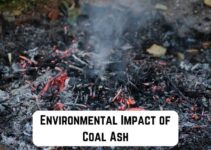On many occasions, you have probably noticed there is so much heat in your city. In fact, if you pay attention to the local weather channel news, you won’t miss noticing a queer tendency of temperature variations within and around the city areas.
Cities or metropolitan areas are typically warmer, with slightly higher temperatures than adjacent rural areas. This temperature difference is due to the unusual state known as the urban heat island (UHI).
The name “Urban heat island” implies that cities or metropolitan areas are transformed into islands of heat. Temperatures in these regions can get as much as 10 degrees Fahrenheit higher than adjacent rural areas.
So, urban heat island (UHI) means any urban area that is significantly hotter than the neighboring area. Urban heat island is highly noticeable during winter and summer, and the temperature difference is often greater at night than in the daytime.
According to EPA,
“The term “heat island” describes built up areas that are hotter than nearby rural areas. The annual mean air temperature of a city with 1 million people or more can be 1.8–5.4°F (1–3°C) warmer than its surroundings. In the evening, the difference can be as high as 22°F (12°C). Heat islands can affect communities by increasing summertime peak energy demand, air conditioning costs, air pollution and greenhouse gas emissions, heat-related illness and mortality, and water quality.“
Causes of Urban Heat Island
Urban heat island doesn’t just happen by chance. It can be attributed to a variety of factors, among which:
1. Low Albedo Materials
According to Bouyer, Albedo is the ratio of the reflected solar energy to the incident solar energy. In other words, it measures the reflectivity of a surface, particularly how much sunlight it reflects back into the atmosphere.
Albedo is usually expressed in percentage, with surfaces boasting higher values depicting greater reflectivity. Surfaces like snow and water or light-colored pavements have high Albedo, meaning they absorb less heat and bounce much of it back to the atmosphere.
The albedo of a city varies according to various factors like the surface arrangement, i.e., orientation, heterogeneity, materials for roofs, pavements, etc.
Essentially, If the Albedo of the urban surface is low, it will store more solar energy, and the effect will be an increase in urban temperature, i.e., the creation of the urban microclimate.
Wondering how that’s possible? Well, it’s simply because surfaces that absorb much solar heat (or have low Albedo) re-radiate it back into the atmosphere as thermal heat, causing the temperatures to rise.
2. Paved and Impermeable Surfaces
Paved-over surfaces, such as roads and parking lots, can absorb solar radiation as heat, and these surfaces are typically impermeable, which means that water runoff is redirected to the stormwater system rather than being absorbed by plants or water bodies that help cool the area through evapotranspiration and evaporation.
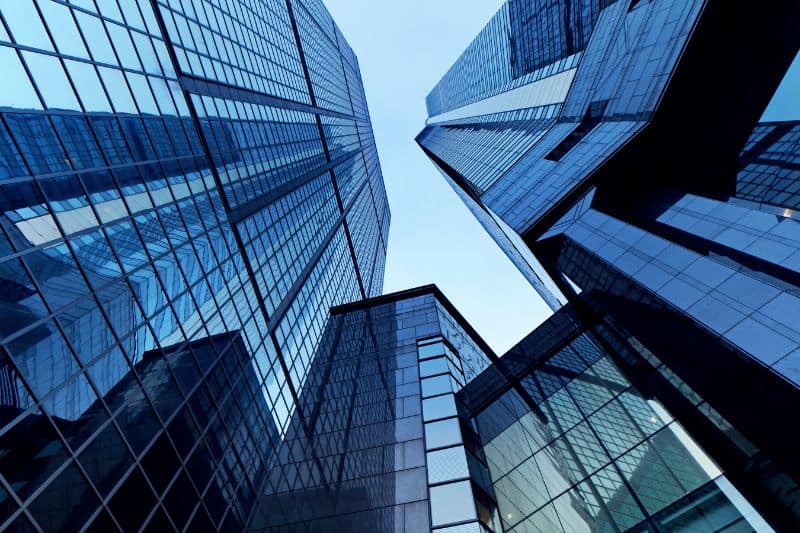
3. Thermal Mass
Buildings contain a lot of thermal mass, which means they store a lot of heat during the day and are slow to release the heat overnight.
4. Dark Surfaces
Dark roofs absorb more energy into the building as heat, hence the boom in cool roof adoption. But it’s not just roofing absorbing the heat, but also blacktop, and neither surface reflects much solar radiation, so they get hotter than lighter-colored surfaces.
5. Lack of Vegetation
Plants and trees provide shade and cool the air through evapotranspiration. However, areas dominated by paved surfaces have little room for green space, and that’s because forests have been wiped out on a massive scale to meet the demands of various urban facilities. Lesser trees mean less cooling efficiency.
Trees intercept the solar heat and absorb carbon dioxide for photosynthesis to cool the environment. Hence, with the destruction of plant life, the efficiency of the cooling system goes radically down, causing the creation of the process.
6. Climate Change
The more extreme heatwaves in urban areas, mainly in northern regions, are a factor that contributes to urban heat island formation. Urban heat islands also exacerbate the changes in the climate, so the problem feeds on itself.
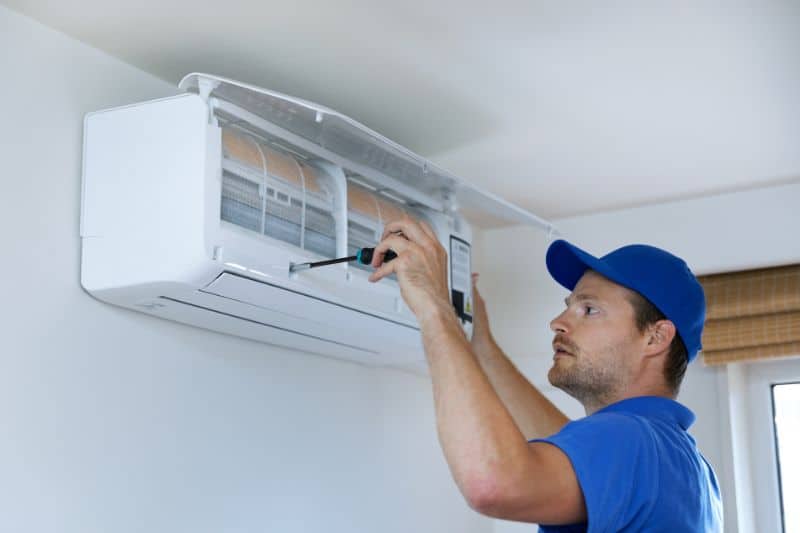
7. Increased Use of Air Conditioner
We use air conditioners massively with a rising trend for comfort. But did you know how this household appliance works?
Well, the typical air conditioner collects heat from your house and releases it outside, increasing the average temperature.
8. Urban Canopy
In urban areas, there are multilayer buildings. The heat reflected by a building is trapped by the nearby taller buildings, known as the urban canopy. UHI is exacerbated by the formation of the urban canopy.
9. Wind Blocking
Due to the presence of densely situated buildings, the wind velocity is reduced, and it lessens the cooling effect that would have come by convection. So, the trapped heat intensifies the effect.
10. Air Pollutants
In urban areas, especially in city centers, air pollution is a major issue. Exhaust gases from vehicles and industrial pollutants released in the atmosphere trap solar radiation, causing an increase in temperature, and the microclimate effect becomes stronger.
11. Human Gathering
As human gathering is huge at the city centers owing to the availability of various facilities, the emission of CO2 is also huge in these areas. CO2 stores heat, causing enhanced atmospheric temperature. The ultimate effect is that it assists in the formation of heat island to a great extent.
Effects of Urban Heat Island
Now that we’ve examined the causes of UHI, let’s explore some of the ways it affects us and our planet as a whole.

1. Increased Energy Consumption
Increased temperatures during summer in cities amplify energy demand for air conditioning.
Studies reveal that electricity demand for air conditioning or cooling increases in the ranges of 1.5 to 2 percent for every 1°F (0.6°C) increase in air temperatures (ranges of 68 to 77°F (20 to 25°C). This implies that the community requires about 5 to 10 percent more electricity demand to cater for the urban heat effect.
This means the increased demand for cooling or air-conditioning during summer contributes to higher energy bills.
Also, during exacerbated periods of urban heat islands, the resulting demand for air conditioning can overload systems, leading to power outages and blackouts.
2. Elevated Greenhouse Gas Emissions and Air Pollution
The pressure of heightened demand for electricity from UHI is passed to power plants, prompting them to supply the needed extra energy. And since they rely on fossil fuels for energy production, there is an increase in greenhouse gas emissions and air pollutants.
The main greenhouse gases and pollutants include carbon monoxide (CO), carbon dioxide (CO2), sulfur dioxide (SO2), nitrogen oxides (NOx), particulate matter and Mercury (Hg).
Increased greenhouse gases cause global warming and climate change, while the pollutants negatively impact human health and a decline in air quality.
Sometimes, the UHI can also lead to the formation of ground-level ozone and acid rain. Research shows that high UHI correlates with increased levels and accumulation of air pollutants at night, affecting the next day’s air quality.
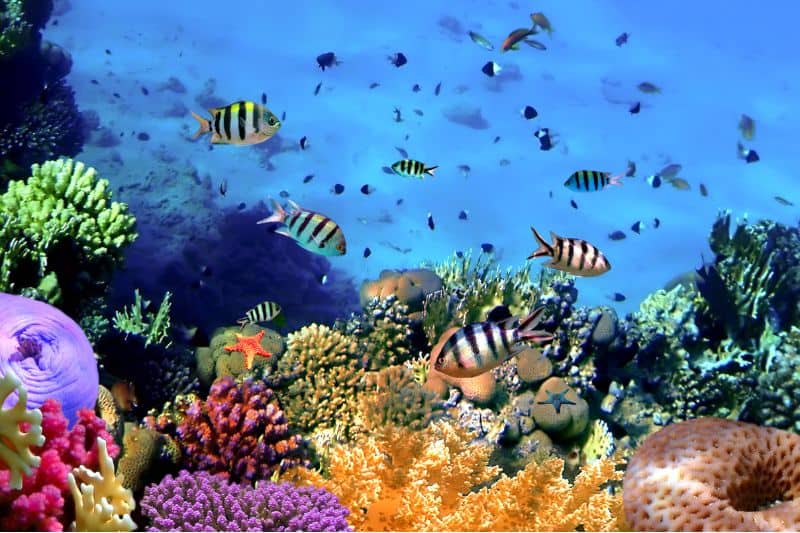
3. Poses Danger to Aquatic Systems
High temperatures within the urban areas mean elevated temperatures for pavements and rooftops.
Accordingly, these surface temperatures can heat stormwater runoff. Trials have demonstrated that pavements with temperatures of 100°F (38°C) can increase initial rainwater temperately from about 70°F (21°C) to over 95°F (35°C).
This heated stormwater is the runoff that flows into storm drainage systems and raises water temperatures as it is discharged into ponds, streams, rivers, lakes, and oceans, resulting in thermal pollution.
As a result, the increased water temperature affects the aquatic system, especially the reproduction and metabolism of aquatic species, and can even be fatal to aquatic life.
4. Discomfort and Danger to Human Health
Higher air pollution, reduced nighttime cooling, and increased temperatures as outcomes of urban heat island effect can adversely affect human health.
Human health is negatively impacted by increased general discomfort, exhaustion, heat-related mortality, respiratory problems, headaches, heat stroke, and heat cramps.
Because urban heat islands can also worsen the impacts of heatwaves, abnormal weather periods can arise, seriously affecting the health of sensitive and vulnerable populations such as older adults, children, and those with weather-responsive health conditions.
Exacerbated heat events or sudden temperature increases can result in higher mortality rates. Research by the Center for Disease Control and Prevention indicates that between 1997 and 2003, more than 8,000 premature deaths were registered in the United States owing to excessive exposure to heat.
5. Secondary Impacts on Weather and Climate
Besides the high-temperature increases, urban heat island (UHI) can bring forth secondary effects on the local weather and climate. This includes changes in local wind patterns, the formation of fog and clouds, precipitation rates, and humidity.
The unusual heat caused by UHI contributes to a more intense upward wind movement that can stimulate thunderstorm and precipitation activity.
Furthermore, urban heat island (UHI) creates a local low-pressure area where cool air from its adjacent areas converges, which induces the formation of clouds and rain. This increases the total rainfall rates within cities. These changes may impact growing seasons within cities, especially by prolonging the growth of plants and crops.
6. Impacts on Animals
Most species need optimum temperatures to colonize, utilize, and thrive in their ecosystems. High temperatures from urban heat island (UHI) create harsh and cruel ecological surroundings, limiting the essential activities of the organisms, such as metabolism, breeding, and reproduction.
Adverse heat can also significantly reduce the availability of food, shelter, and water.
Of course, the temperature changes may also make the cities more suitable for survival than the wilderness, which may attract wild animals to the cities.
An example is the Grey-headed flying foxes in Melbourne, Australia, which colonized urban habitats following increased temperatures there.
Besides, the urban heat island (UHI) can equally alter the natural selection process, causing a counterbalance of a new set of selective forces.
For instance, the number of insects may be higher in urban areas than rural areas since most depend on environmental temperatures to control their body temperatures. Hence, moving to the city is just right for their survival.
Solutions to Urban Heat Island
Despite all the trouble that comes with Urban Heat Island, the good news is that this condition can be managed. Here are some of the effective solutions to UHI.
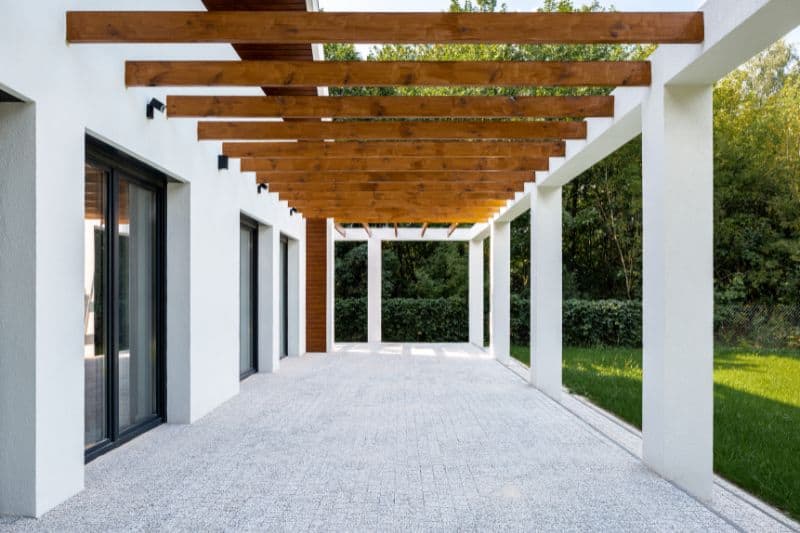
1. Use of Light-colored Concrete and White Roofs
The use of light-colored concrete and white roofs is effective in reflecting up to 50% more light and in cutting down the ambient temperature. These strategies have been shown to offer great solutions in reducing the urban health island effect.
Black and dull colors absorb copious amounts of solar heat, resulting in warmer surfaces. Light-colored concrete and white roofs can also reduce the overall air conditioning demands.
2. Green Roofs and Vegetation Cover
Green roofs present a great method of lessening the impacts of urban heat islands. Green roofing is the practice of planting vegetation on a roof, just like they are planted in a garden. Plants on the roof are excellent insulators during summer and decrease the overall urban heat island effect. Plants also cool the surrounding environments, thereby reducing air conditioning demands.
Furthermore, air quality is improved as the plants absorb carbon dioxide and produce fresh air. Other practices that can be used include open space planting, street trees, and curbside planting.
All these practices produce a cooling effect within the urban areas and lower the costs of temperature reduction.
3. Planting Trees in Cities
The practice of tree planting within and around cities is an incredible way of reflecting solar radiation while at the same time decreasing the urban heat island effect.
Trees provide shade, absorb carbon dioxide, release oxygen and fresh air, and provide a cooling effect. Deciduous trees are the best for urban areas because they provide a cooling effect in summer and don’t block warmth during winter.
4. Green Parking Lots
Green parking spaces utilize green infrastructure strategies to limit the impacts of the urban heat island effect. In precise, it cushions against the elevation of pavement temperatures, which can considerably prevent thermal pollution resulting from stormwater runoff. With this in place, the danger posed to aquatic systems is reduced.
5. Implementation and Sensitization of Heat Reduction Policies and Rules
The state implementation of environmental policies such as the Clean Air Act, Low carbon fuel standards, uses of renewable energy, and clean car rule standards can impressively regulate the anthropogenic inducers of urban heat island effect.
With fewer emissions, the level of greenhouse gases in the atmosphere can be reduced, thus decreasing the effects of climate change and global warming. Education and outreach can also be done to ensure communities are aware of the economic and social benefits of planting trees and eco-roofing.


